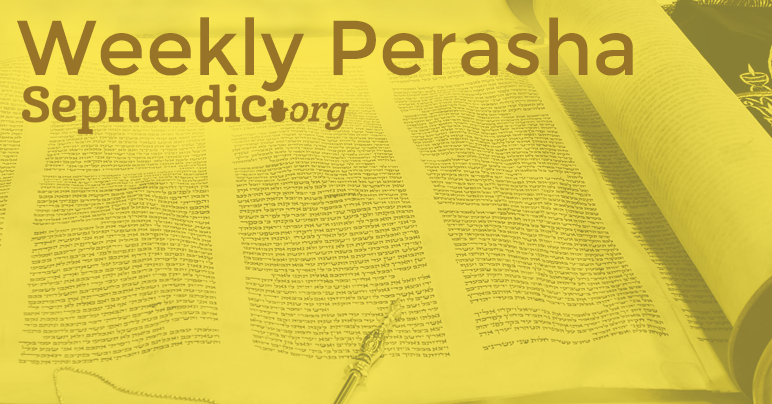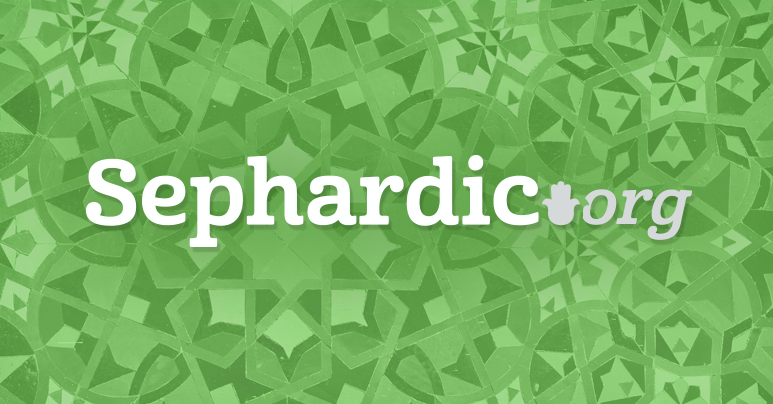
VAYIQRA - HUMILITY, REDEMPTION AND THE QORBANOT
It is admittedly a daunting task for one even to consider offering a summary of the general reason for the Torah institution of Qorbanot. The Ramban in his commentary to Vayiqra was critical of his predecessor HaRambam for denying the intrinsic value of Qorbanot. 1 Rather the Ramban initially appears to favor an explanation associating a sinner's thought, speech and action with the sacrificial requirements to lay the hands, confess, burn and spill the blood of the animal on the altar. Though initially this might appear compelling, a critical view takes note that this does not take into account the various offerings in their ritual slaughter, the utilization of the blood, the portion reserved for Kohanim and a myriad of other details. 2 Therefore the Ramban 3 and after him the Sefer HaHinukh 4 appear to admit that a rational approach here would not fully satisfy the query. They are unanimous in that the preferred approach would be the path of our mystical tradition. The Ramban asserts that this path or at least it's code can be found in a teaching found in the Sifre to Bemidbar and again in the Talmud Menahot in a teaching of R. Shimon Ben Azzai. "In all of the Torah legislation concerning Qorbanot only the Divine Name YHVH is used." 5 Namely, all Qorban is LaHashem - for the name YHVH. Based on this, we would like to assert that all Qorbanot whether communal or individual in nature, related to an infraction or simply to give thanks can be generalized to be directed to the redemption of the spiritual sparks found in the lower worlds and returning them back to their source above in establishing the YHVH. Furthermore we hope to elaborate on the requirement of a donor to retain a semblance of humility and the quality of "attribution" to properly effectuate the redemptive process.
UNDERSTANDING REDEMPTION
According to our sages, creation was not a one-time event that occurred in the distant past and only in our universe. The "infinite light" in his loving kindness, continually allows us to live by constantly sustaining the world at every moment. Also, although it appears that ours is the only world of creation, it is only a part of the lowest of four worlds of creation. The four worlds are in descending order Asilut, Beri'ah, Yesirah, and Asiyah. The essential characteristic of each of these worlds is their nature to conceal Hashem's infinite light. The three letter root of the Hebrew term for world or Olam is Ayin Lamed Mem which is the same root as the verb to conceal. The varying amount of Hashem's light revealed in each of these worlds is continually more concealed as we go from the highest world to the lowest. The highest and most revealed world of Asilut is the spiritual dimension where Hashem's name YHVH is one. The Midrash teaches that Hashem created worlds and destroyed them. 6 Our Rabbis explain this to mean that sparks from the World of Asilut associated solely with the name YHVH fell into the three lower worlds. These sparks that were entrapped in these worlds - were to be released through the service - Avodah of Adam Harishon in Gan Eden. As the verse says in Beresheet - “God took Adam and placed him in Gan Eden to perform the service LeOvda and to guard it." 7 Instead he and his descendants caused further damage leading to the more extensive entrapment of the sparks associated with the name YHVH.
QORBANOT IS THE METHOD TO REDEEM SPARKS
The Zohar in Vayiqra describes at length of how the letters of YHVH unite by means of the Qorban. 8 The second Pasuq of the Parasha considers the sacrifice etymologically related to Qarev as “an act to once again unite or bring close the name YHVH.” Rabbenu Bahya asserts that the reference of bringing close is not exclusive to the donor of the offering but to the unification of the sparks that were entrapped in the lower worlds back to their source in Asilut. 9 This we are told is LaHashem for YHVH; namely to unify the name of Hashem in the highest spiritual world. He also explains the refrain Re’ah Nihoah Ishe LaHashem - The physical qorban is placed on the alter with its smoke so to say rising heavenward as paralleling the sparks reuniting with the spiritual forces in the celestial sanctuary from where they originated. 10 Finally he points out that the term Nihoah connotes resting 11 or Naha - Nun Het Heh. The Torah legislates that the person offering the sacrifice concentrate on the rising of the sparks to their heavenly source intending them to rest there. The Ben Ish Hai explains that the three evil husks must be subdued in order to loosen their hold on these holy sparks. This he writes is accomplished via the three fold team of Kohanim Levi’im and Yisraelim in their roles in sacrificial service. Furthermore the animal qorbonot are taken from three species including the cattle, ram and sheep families, while each of these animal sacrifices are to be accompanied by grain and wine offerings. With the removal of the husks - the sparks can ascend and peace will descend solidifying the relationship between Israel and our father in heaven. 12
MOSHE THE HUMBLEST AMONG MAN
In Sefer Shemot we see that it was Moshe who is commissioned as the redeemer of Israel from Egypt. We know he was the greatest of the prophets 13 as the verse says " This is not true of my servant Moshe, who is like a trusted servant in my house. With him I speak face to face.." 14 And in Devarim - " No other prophet has arisen in Israel who knew God face to face." 15 The Talmud aligns Moshe with a verse in Tehillim - “You have made him a little lower than Angels.” 16 It behooves us to recognize that it was Moshe's humility that catapulted him to a position of leadership and more importantly redeemer. The Talmud notes that his humility surpassed even that of Avraham and David. 17 The Torah is explicit when it characterizes Moshe as the humblest of all men. 18
VAYIQRA BEGINS WITH HUMILTY THEN LEGISLATES QORBANOT
The Torah begins the legislation of Qorbanot with a passage intending to teach us the extreme humility of Moshe. Our Sages expounding on the first verse of our Parasha " And he called to Moshe", point out that he refused to enter the Ohel Mo'ed until he was invited in by Hashem. 19 Furthermore some commentators basing themselves on the Midrash explain the small letter Alef appearing at the end of the first word Vayiqra as a reflection of his humility. 20 In Sefer Bemidbar after the murmurings of Aharon and Miriam about Moshe, his siblings are summoned before Hashem. Hashem initially advises them of Moshe's humility and only then does he describe Moshe as a true Eved Hashem - The term here parallels the task LeOvda given to Adam in Gan Eden. 21 Namely, to perform the service and to redeem the entrapped sparks. Hashem informed them that Moshe has attained the greatest level of humility and therefore is fit to be the redeemer of YHVH and is a true Eved.
ONE WHO SAYS THE MATTER IN THE NAME OF ITS ORIGINATOR BRINGS REDEMPTION INTO THE WORLD.
There is another quality of Moshe that is specific to his role as redeemer. In the response to their father, the daughters of Yitro acknowledge that they were saved at the well by an Eish Misri. R. B. Rosenblum cites the Sefer Matenat Hayyim 22 who retraces the likely conversation they had with Moshe their savior. It is evident that he refused to accept any credit for redeeming them - rather he attributed it to the Eish Misri - who had raised his hand against the Jew in front of Moshe in Egypt. Moshe asserted that this is the reason they were saved. The Eish Misri being the impetus driving Moshe out of Egypt and fleeing to Midyan. The last of the 48 methods of acquisition of Torah listed in the 6th chapter of Pirke Avot, is the rule that "One who says a thing in the name of its originator brings redemption to the world". 23 This redemptive quality is once again reiterated in the Talmudic Tractate of Hulin. 24 R. Rosenblum cites a novel interpretation from the Maharal. 25 When Hashem seeks a redeemer, he looks for one who knows to attribute the matter to its original source. Exile is the state in which people or in our case the spiritual sparks are displaced. Redemption is their return to its natural habitat. One who attributes ideas and events back to their natural place mirrors the process of redemption returning them to their source. With this we can appreciate why the legislation of Qorbanot and redemption in Sefer Vayiqra is preempted by the small Alef reflecting the humility of Moshe and quality of attribution. Namely these qualities are to serve as prerequisites of a true - Eved. This was originally mandated by Hashem in Gan Eden for Adam to assume the character traits of humility as well as attributing all to the original source. Today our Tefilah has replaced the Qorban as our Avodah or service of redeeming the Sparks. We must be mindful of these prerequisites to be effective in establishing the oneness of Hashem as reflected in his unified name YHVH.
Shabbat Shalom,
Victor Bibi








